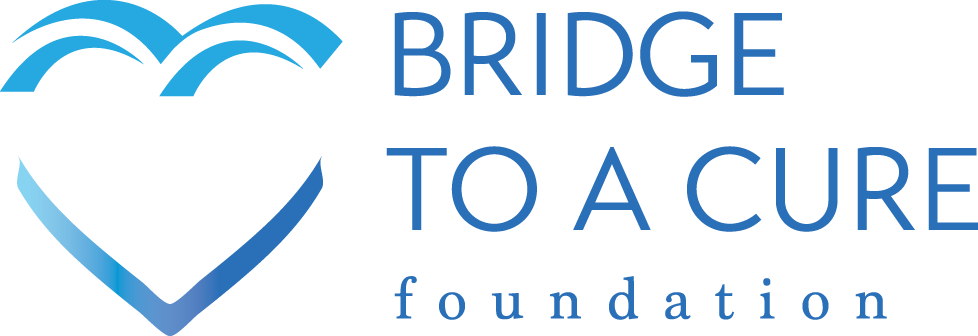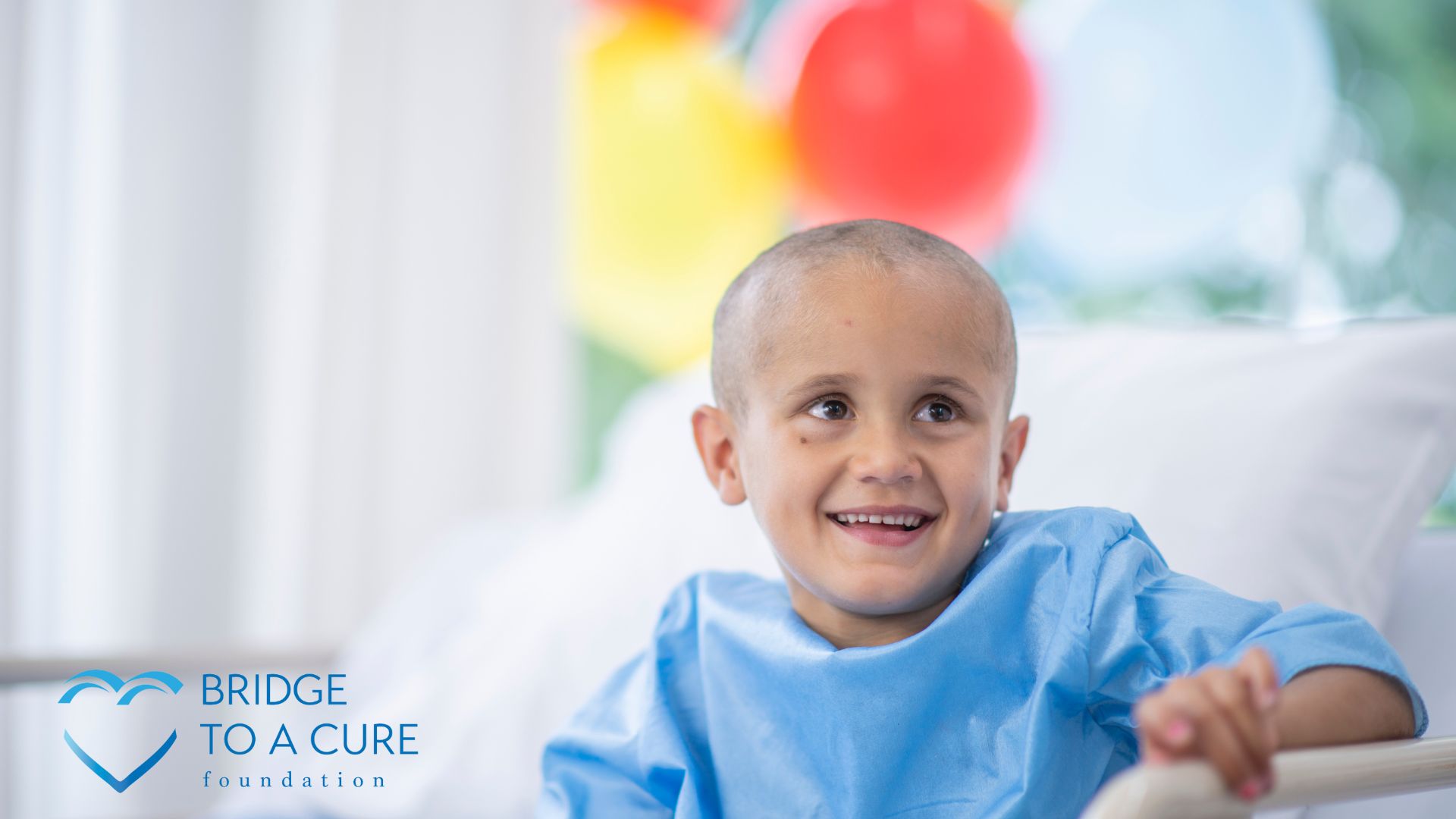Leadership Position to save the lives of children remains open.
Childhood brain cancer is not just the leading cause of cancer-related death in children—it is a catastrophic disease that leaves few survivors, and those who do survive often carry lifelong physical and cognitive burdens. With only 5% surviving long-term, it is clear the system is failing our children. It’s time for a radical shift in how we approach research. And that shift must be led by an organization deeply imbedded within the pediatric brain tumor cancer community. the Children’s Oncology Group (COG), with strategic support from the Children’s Brain Tumor Network (CBTN), Pediatric Brain Tumor Consortium (PBTC), and Pediatric Neuro-oncology Consortium (PNOC).
The Urgency: One Disease, One Mission
Bridge To A Cure Foundation’s mission is clear: reduce childhood cancer deaths by 50% by 2030. To do that, we are focusing on childhood brain tumors—the deadliest form of childhood cancer. If we solve this, we will not only save lives but also unlock new frameworks and treatments applicable to other childhood cancers.
But success depends on transforming the research model.
For eight years we have been the proponent of a collaborative, data-driven initiative that brings together the best scientific minds and most advanced technologies—particularly artificial intelligence and multi-omic data sharing—to develop nontoxic, immune-based treatments that target pediatric brain tumors through apoptosis (programmed cell death), angiogenesis (disruption of blood supply), and immunotherapy.
Community wide leadership urgently needed.
In our April Blog, we proposed NCI to assume that leadership. We hope that they are in the process of assessing this possibility given the uncertainty facing the future of organizations and departments within the National Institute of Health.
The good news is that that childhood brain tumor community is rich in talent. Below are five other organizations that individually or collaboratively could lead this initiative.
Stand Up 2 Cancer Foundation
1. Track Record of Accelerating Breakthroughs
SU2C has redefined how cancer research is funded and organized—by breaking down barriers, promoting team science, and demanding accountability. Their “Dream Team” model has revolutionized adult cancer research and could be game-changing if coupled with Bridge to a Cure’s pediatric brain tumor approach.
2. Unmatched Fundraising Power
SU2C has raised hundreds of millions of dollars and garnered support from media giants, major donors, and the public. Pediatric brain cancer research has historically lacked adequate visibility and funding. SU2C can change that overnight.
3. National Platform and Cultural Reach
SU2C’s media partnerships and televised fundraising campaigns have made cancer a national conversation. By elevating pediatric brain cancer to a priority, SU2C can spark a groundswell of support and resources that smaller nonprofits cannot generate alone.
4. Neutral Convener of Stakeholders
SU2C has the credibility and reach to bring together the National Cancer Institute, pharmaceutical companies, major hospital systems, and top researchers. They can help align interests and focus efforts around a single, high-impact goal: curing childhood brain cancer with nontoxic treatments.
The Children’s Oncology Group?
COG is uniquely positioned to lead this initiative for several reasons:
1. Unparalleled Reach: COG is the world’s largest organization devoted exclusively to childhood and adolescent cancer research, with over 200 member institutions. It provides access to thousands of patients and a nationwide infrastructure capable of rapidly piloting and scaling promising discoveries.
2. Clinical Trial Authority: COG conducts the majority of clinical trials for pediatric cancer in North America. Its experience in designing, managing, and analyzing clinical trials ensures scientific rigor and regulatory compliance—essential for any nontoxic, immune-based therapy to reach patients quickly and safely.
3. Centralized Coordination: A mission of this scale cannot afford fragmentation. COG has the credibility and organizational capacity to unify
stakeholders and eliminate duplication of effort, ensuring that data, talent, and funding are used efficiently.
Either of the Three Childhood Brain Tumor Networks/Consortiums
· Children’s Brain Tumor Network (CBTN)
A global leader in pediatric brain tumor biospecimen and data collection, CBTN has built one of the largest open-access data platforms for childhood brain cancer. Their data-sharing ethos and advanced infrastructure make them the ideal engine for fueling the AI and multi-omic components of this initiative.
· Pediatric Brain Tumor Consortium (PBTC)
PBTC brings decades of expertise in early-phase clinical trials for pediatric brain tumors, especially in testing novel therapeutics. Their strength lies in translating lab discoveries into clinical applications quickly and safely.
· Pediatric Neuro-oncology Consortium (PNOC)
PNOC excels in precision medicine and individualized treatment protocols, often incorporating patient and parent input. Their experience with decentralized trials and personalized approaches will ensure that therapies are adaptable, humane, and impactful.
The Vision: From Silos to Synergy
Each of these groups is doing important work. But we are at an inflection point. A fragmented landscape will not save lives at scale. We need synergy, not silos. Any one of the above candidates could serve as the conductor of this symphony of science—coordinating data, trials, resources, and talent to achieve what none of these organizations can do alone: cure pediatric brain cancer with nontoxic therapies by 2030.
This isn’t just a hope. It’s a plan. And with the leadership from within the childhood brain tumor community, it’s a future we can build—together.
Bridge To A Cure Foundation: Mission-Driven. Data-Powered. Child-Focused.






